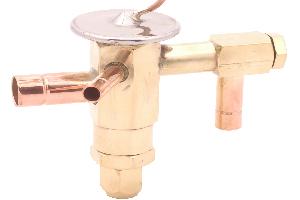 Although there are numerous devices that can perform functions similar to thermostatic expansion valves, these are still in force and have a huge acceptance in the Latin American market.
Although there are numerous devices that can perform functions similar to thermostatic expansion valves, these are still in force and have a huge acceptance in the Latin American market.By Santiago Jaramillo H.
The engineer Fernando Parra, representative of the company Emerson Climate Technologies, explains that for the refrigerant effect to occur in the evaporator, the regulation of the flow of liquid to it, can be achieved through different types of expansion devices, such as: a capillary tube, a spree, a manual valve, an automatic valve, a float valve, an electric expansion valve, and others, however, today, for the American market, and especially in Latin America, the thermostatic expansion valve remains the most popular and convenient. This is also known by the acronym TVE, VTE, TXV.
Also, our guest warns that without thermostatic expansion valve there is no mechanical cooling system. This flow control device also produces the pressure and temperature drop necessary to achieve the expected cooling effect, so that it can evaporate at a lower temperature than what is desired to be cooled, so that the thermal load can flow into the refrigerant and be removed.
What produces the cooling effect in the evaporator is the process of evaporation of the refrigerant since the liquids to fulfill this process need heat.
The thermostatic expansion valve operates based on overheating at the evaporator outlet. In itself, a thermostatic expansion valve what it does is control the overheating of the evaporator outlet gas by responding to its pressure and temperature.
"The thermal load of the refrigerated space is reflected in the overheating of the evaporator outlet gas, being that the higher the thermal load, the overheating tends to increase, and the result is that the valve opens to replace the missing liquid in the evaporator so that it always ends at the same point a little before the evaporator exit; on the contrary, when the thermal load has been lowered, it is reflected in a decrease in the overheating of the outlet gas, with which the valve tends to close to feed a little less liquid to the evaporator, so that the fluid always ends up in the same place keeping the overheating constant. What operates the expansion valve is the overheating of the evaporator. In other words, the overheating of the evaporator is the reflection of the thermal load to be removed, the same that makes the valve operate", complements the representative of Emerson Climate Technologies.
Therefore: the thermostatic expansion valve is a flow regulator that responds to the variations in thermal load reflected in the overheating of the output gas, so that it always feeds the precise amount of liquid to the evaporator, and always works at 100% of its capacity. This is by providing the maximum refrigerant effect, with minimum energy consumption and under safe operating conditions for the compressor.
The above statement is complemented by the engineer Parra, when stating that "this will only be fulfilled when the valve has been properly selected, applied, and installed, as well as that the system is properly loaded with refrigerant, that it is operated under the conditions for which it has been designed and that none of those 'pseudo-technicians' have passed through there that usually solve the problems of the refrigeration system in the only place that never they had to touch, the VTE, that is, the adjustment of the valve, "he emphasizes.
For his part, Fernando Becerra, sales manager of the Air Conditioning and Refrigeration Division of Danfoss (Colombia) S.A., emphasizes that the importance of valves lies in the search for an increase in efficiency in the systems, a situation that makes it necessary to use thermostatic or electronic expansion valves, since this is the only way to adjust the flow of refrigerant to the evaporator according to variations in conditions. of the system.
Advances and novelties
In the aspect of advances and novelties definitely the electronic expansion valves are a striking alternative in the industry, of course it is without ignoring the benefits and advantages offered by thermostatics.
Electronic valves are indispensable in systems with large variations in thermal load, greater than 20% of the design load, since a thermostatic valve does not handle variations greater than that percentage. These are also made attractive in systems where quick responses are required, and the energy consumption of the system and the humidity of the room are improved if this is the case.
Another advantage is the maintenance of a constant superheat for large load variations and high response speed, as well as that they are of greater precision and performance than any mechanical valve, but for their operation they additionally require a controller that impacts the cost.
Main failures and their correctives
The representative of the company Danfoss (Colombia) S.A., expresses that a maintenance routine will always be important, so it must be included in our itineraries, including, of course, a verification of the overheating in the evaporator making the measurements of evaporation pressure and temperature at the exit of the evaporator.
Likewise, on a previous occasion Becerra had told us that an adequate control sequence must be designed to achieve precision and safety for the products to be refrigerated and for the components of the refrigeration system; it also emphasizes making a good selection of controls according to the conditions and need of the system. Once the above points are met, the maintenance of the mechanical control elements is reduced to a minimum. For electronic elements, routines of verification of readings, connections, etc. must be done.
For his part, Fernando Parra recommends avoiding touching or moving the overheating adjustment of the valve, especially if you do not have extensive knowledge of cooling and the operation of the VTE.
"A cooling system that was traditionally working well, and one day has failures, the most likely thing is that it is not in the VTE, but in some other part of the system. You have to look for it first on the other hand other than in the VTE, and only until you have exhausted all the possibilities, try in it by doing an overheating reading to be able to take correct actions. A problem in the VTE is remote, and would hardly account for 5% of the cooling system failures."
Parra also stresses that typical valve failures could be because the overheating sensor bulb was removed or loosened, or because the bulb load was lost due to a fissure in the capillary. A poorly selected, poorly applied, poorly installed, or moved valve is not a failure of the expansion valve, it only responds to the variables to which it is subjected.
"One possible action for the maintenance of the VTE is to check for dirt on the sieve. If there is dirt (contamination), it is definitely not a VTE problem. The serious thing is that this system has not been maintained, or is inadequate, or is done by someone who is not qualified for it and who possibly understands very little or no cooling. In principle, an untouched VTE (overheating setting) should not fail," concludes our guest from Emerson Climate Technologies.










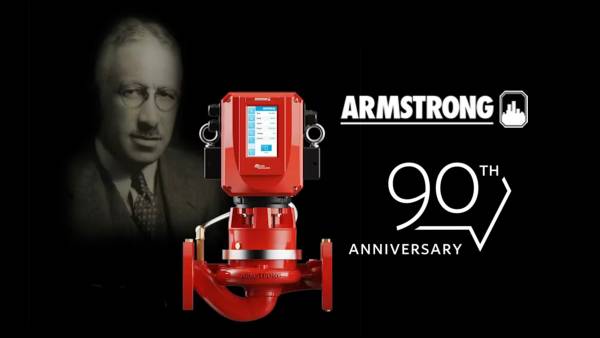
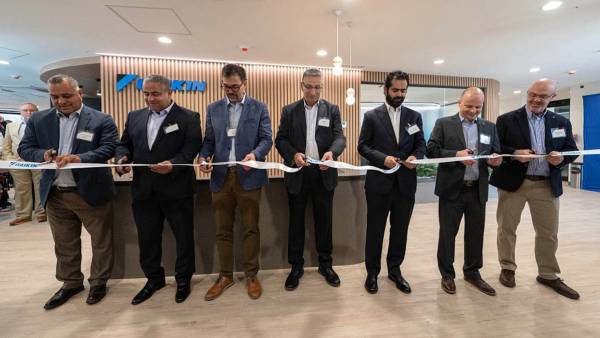


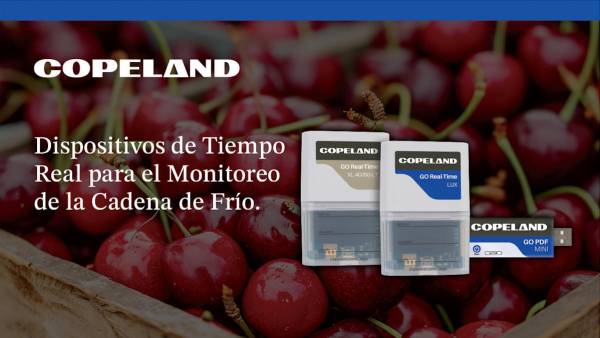
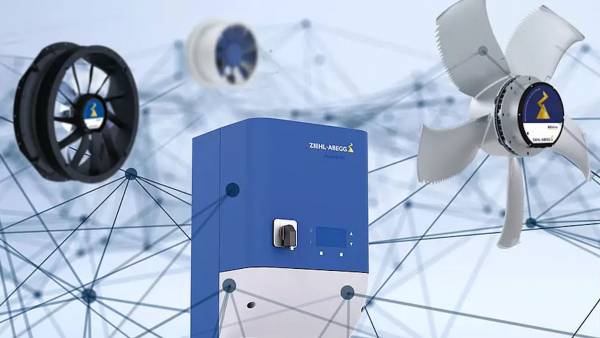
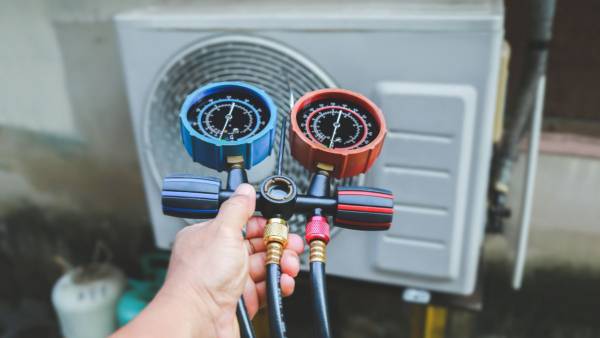







Leave your comment